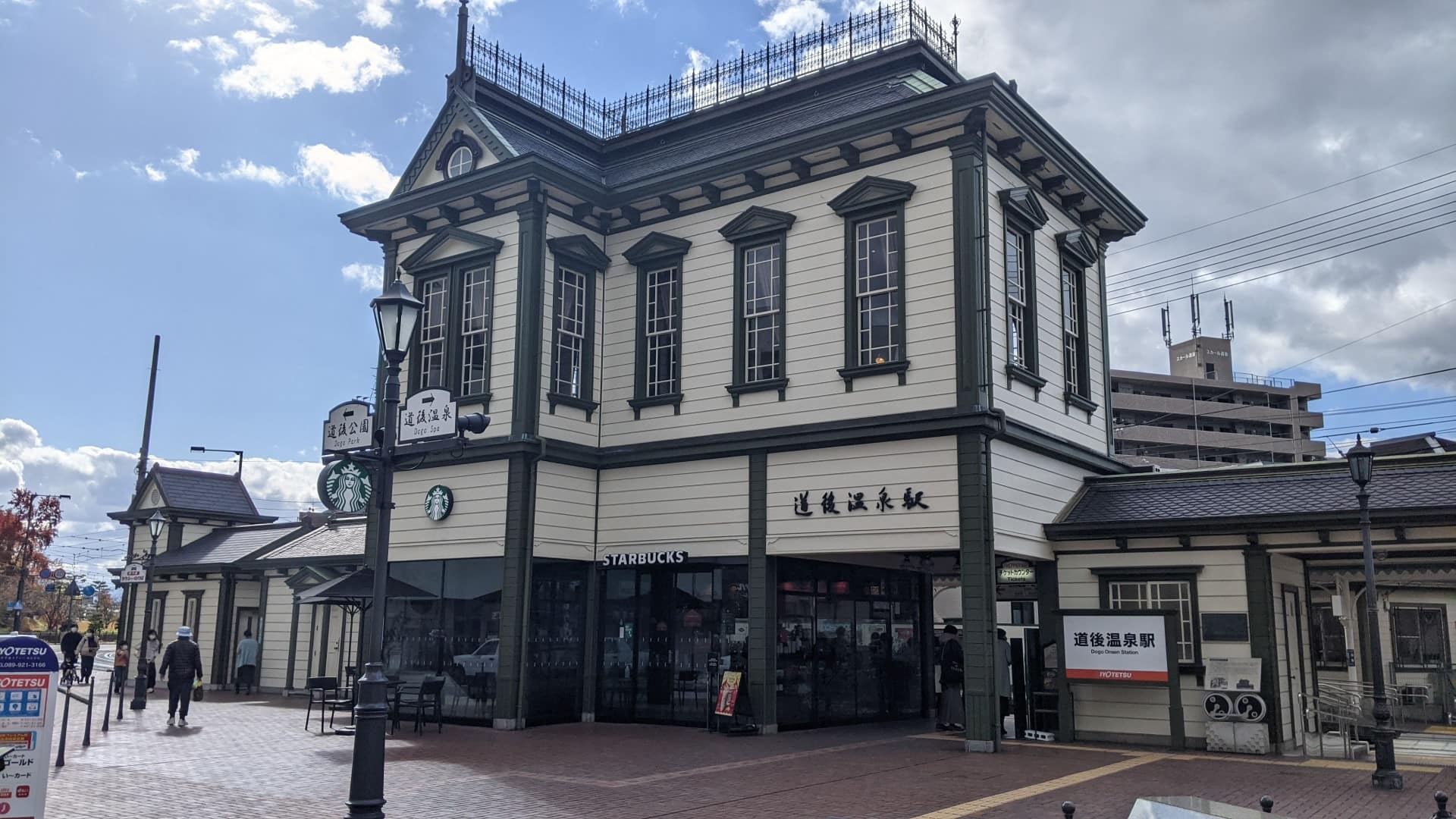There are some places that you visit in Japan that stay with you.
And Ishite-ji Temple is one of those places. It’s got everything you could want from a temple complex. Unique and old structures of national importance, the mythological back story, beautiful nature, and of course many chances to ask for luck and fortune from higher forces.
But it’s also got so much more.
What can you say about Ishite-Ji temple?
Ishite-ji Temple, the 51st temple, is a temple with a lot to see and do, including cultural properties designated as national treasures and important cultural assets, a treasure house, and a mantra cave. The temple has received one star in the “Michelin Green Guide Japon” and is popular not only among worshippers but also among tourists. The temple’s convenient location near Dogo Onsen Hot Springs is also one of its charms, making it a good place to start your pilgrimage if you are making your debut as a pilgrim in Ehime. A close-up look at the charms of Ishide-dera Temple, which is also attracting attention as a power spot!
Shikoku Pilgrimage Feels Familiar
In the precincts of Ishite-ji Temple, there are soil samples of all the 88 temples from the first to the 88th, and it is said that by touching all of them, one can accumulate the same merits as if one had visited all 88 temples. The purpose of this temple is to make the Shikoku pilgrimage more accessible to those who are unable to make the pilgrimage. The tour will start from Koyasan, named after “Emonsaburo,” who is closely related to the temple and is said to be the originator of the Shikoku pilgrimage.
National treasures and more! The best cultural assets on the Shikoku pilgrimage
Sprawling precincts with spectacular structures!
The 66,000 m2 vast temple area is lined with buildings designated as important cultural properties, including the main hall, the three-story pagoda, and the gomado, and boasts one of the highest numbers of such buildings on the Shikoku pilgrimage. The Niomon Gate, a two-story building with a gabled roof, stands in front of the temple grounds. Designated as a National Treasure, it is said to be Unkei’s masterpiece. The Treasure House is also filled with a wide variety of cultural assets. The museum houses and displays approximately 1,100 treasures, and admission is 200 yen.
Temple associated with Emonsaburo, the originator of the pilgrimage
The “Jade Stone” is displayed in the Treasure House
When the temple was founded, it was called Anyoji Temple, but in 892, it was renamed Ishite-ji Temple. Its name is said to derive from the legend of the return of Emonsaburo. Emonsaburo was the first person to make the Shikoku pilgrimage, and was given a stone by Kobo Daishi on his deathbed. Later, a boy born into the Kono family, a powerful family in the region, held his right hand and could not open it. When he prayed at this temple, a small stone, said to be proof of Emonsaburo’s rebirth, came out of his palm. The stone is called “Tama no Ishi,” and is on display in the Treasure House.
One of Ehime’s most powerful spots!
Receive blessings everywhere in the precincts!
Ishite-ji Temple is also famous as one of Ehime’s most prominent power spots. The stone in front of the “Kariteimotendo” is called a “child treasure stone,” and it is said that taking it home as a good-luck charm will bring you good luck for a child and safe delivery.
There are also many other places of blessings here and there, such as the bell of successor and the temple of rebirth. Further in the back of the temple, there is the mysterious Mantra Cave, a 160-meter-long cave where Jizo and Buddha statues are enshrined. No matter how many times you visit, you will always find something new.
Don’t miss the gourmet food in front of the gate!
Yakimochi at Gojyoban Shokudo after visiting the shrine.
At the 51st Shokudo (restaurant) on the approach to Ishite-ji Temple, the specialty is oyaki (fried rice cake) called yakimochi. The rice flour dough is used to wrap sweet red bean paste, which is then baked to a crisp on the surface, and a branding iron with “Goichi” written on it is placed at the end. The sweet taste of each one is carefully handmade, and has many fans. In addition, there is a Japanese sweets shop with a footbath across the street from Ishide-dera Temple, providing visitors with plenty to do after visiting the temple.
Located near Dogo Hot Springs
Enjoy visiting the shrine in conjunction with sightseeing!
Ishite-dera Temple stands about 1 km away from Dogo Hot Springs. The temple has always been crowded with worshippers, as well as with many spa healers and tourists since long ago. After visiting the temple, visitors can also enjoy a quick bath in Dogo.



